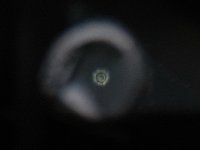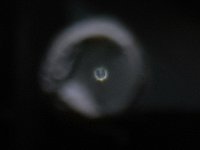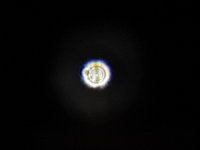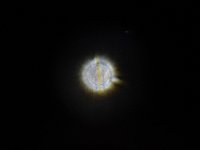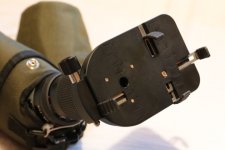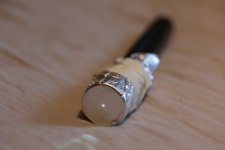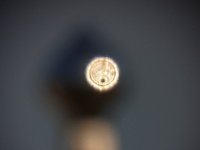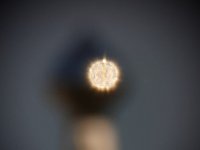BoldenEagle
Well-known member

Hi,
here are inside and outside focus star pictures shot through my Kowa 883 + 25-60x zoom + 1.6x extender (zoomed 60x * 1.6x =96x).
The artificial star I used was made by instructions given by Joachim in various posts here on Birdforum. Thin aluminium foil perforated with needle and placed on a bright led flashlight. The star was about 30 meters from the scope. Air was otherwise quite calm but it was raining a bit.
I'm an amateur in evaluating star test images but I can't see any major astigmatism or coma but how do you pros (Henry Link, Joachim, Binastro etc.) would evaluate these images, especially regarding spherical aberration? Are there anything else to be detected through these images?
Regards,
Juhani
here are inside and outside focus star pictures shot through my Kowa 883 + 25-60x zoom + 1.6x extender (zoomed 60x * 1.6x =96x).
The artificial star I used was made by instructions given by Joachim in various posts here on Birdforum. Thin aluminium foil perforated with needle and placed on a bright led flashlight. The star was about 30 meters from the scope. Air was otherwise quite calm but it was raining a bit.
I'm an amateur in evaluating star test images but I can't see any major astigmatism or coma but how do you pros (Henry Link, Joachim, Binastro etc.) would evaluate these images, especially regarding spherical aberration? Are there anything else to be detected through these images?
Regards,
Juhani




